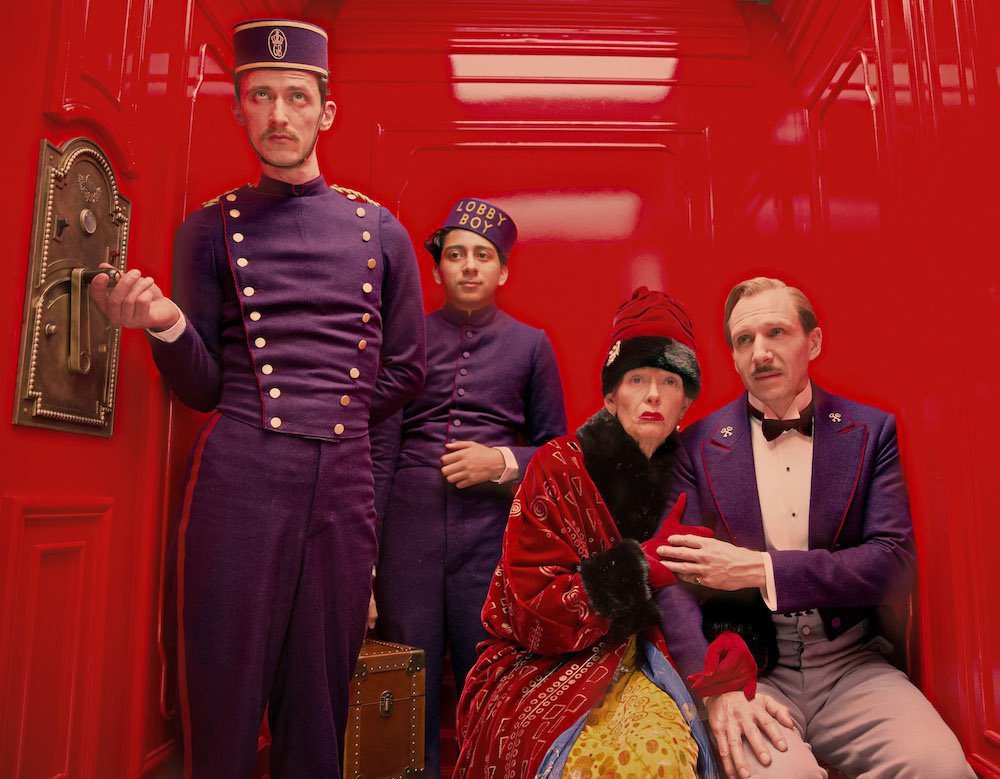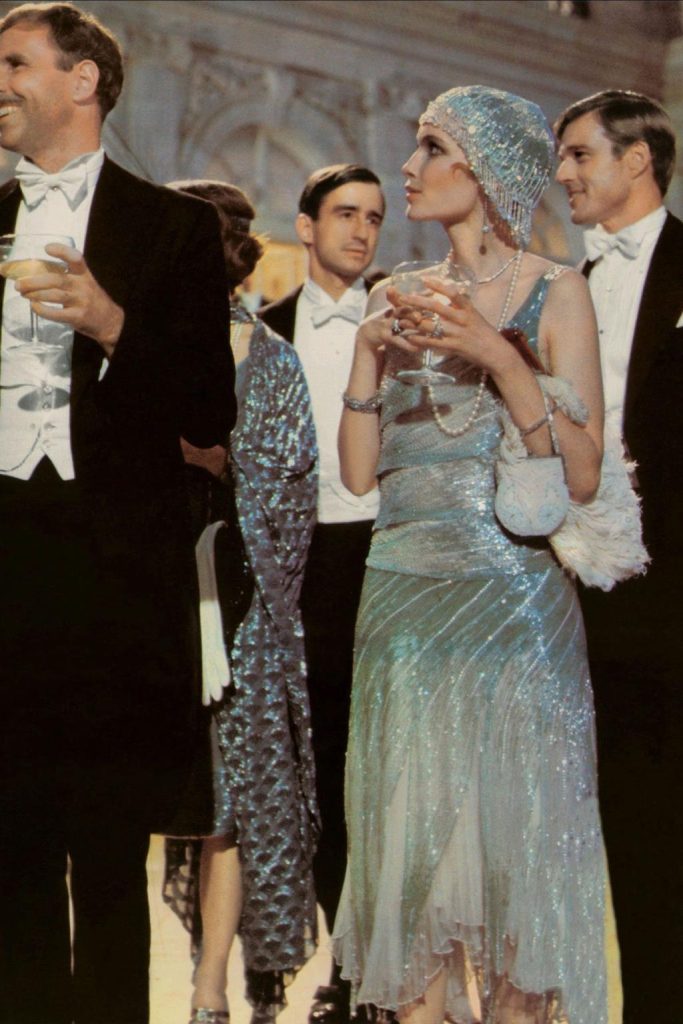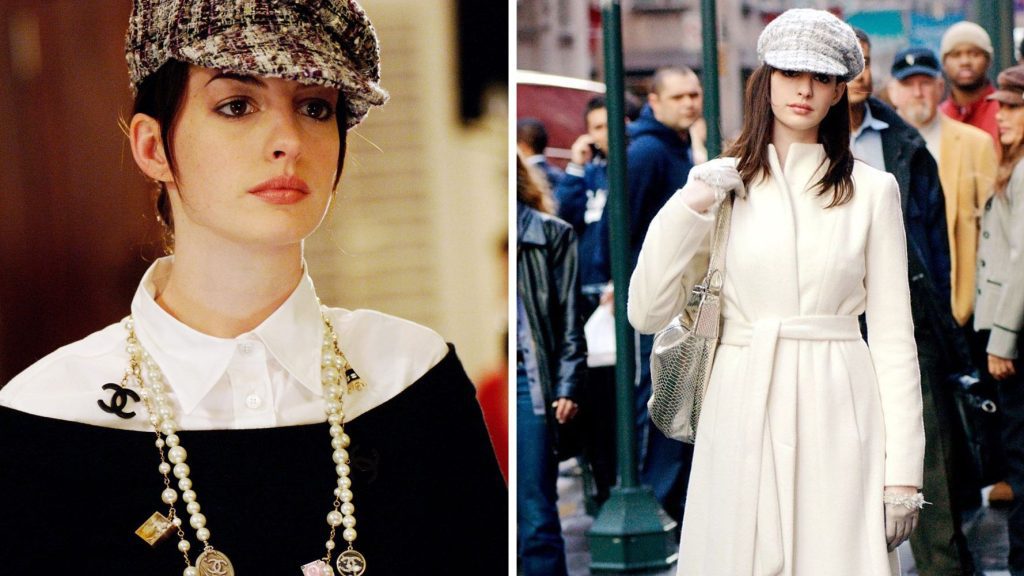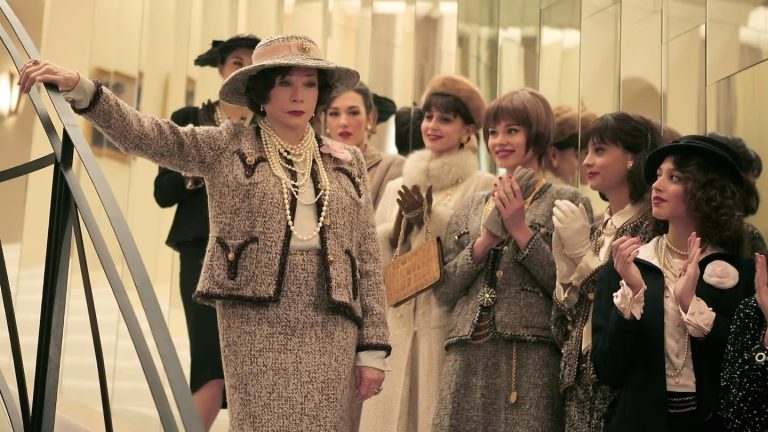Exploring the Synergy Between Art, Fashion, and Cinema
The world of cinema is a mesmerizing blend of visual storytelling, where art and fashion converge to create unforgettable narratives. This fusion not only enriches the visual appeal of films but also deepens the connection between characters and their stories. Delving into this synergy offers insights into how filmmakers use fashion as an extension of art to enhance cinematic experiences. The intertwining of art and fashion in film traces back to the early days of cinema. Historical epics, avant-garde movements, and classic Hollywood have all showcased the profound influence of contemporary fashion and art on film aesthetics. This relationship has evolved, reflecting and sometimes predicting changes in societal norms and artistic expressions.
Iconic Films and Their Fashion Statements
Films like “The Great Gatsby,” with its roaring twenties glamor, and “Blade Runner,” which fused futurism with fashion, serve as prime examples of cinema that seamlessly integrates art and fashion. These films not only captivated audiences with their stories but also with their distinctive styles, influencing fashion trends outside the cinema. Audrey Hepburn’s little black dress in “Breakfast at Tiffany’s” is emblematic of the film’s fashion influence. The dress, designed by Hubert de Givenchy, is a masterpiece that merges cinematic charm with timeless elegance, reflecting the sophistication and simplicity of the 1960s.
Collaborations That Shaped the Industry
The partnership between designer Jean Paul Gaultier and director Luc Besson for “The Fifth Element” is a notable example of a successful collaboration. Gaultier’s innovative costumes played a crucial role in bringing the film’s futuristic vision to life, showcasing how designer and filmmaker visions can merge to create a unique cinematic world. “Black Panther” stands out for its integration of African culture with futuristic fashion, thanks to the collaboration between costume designer Ruth E. Carter and several African designers. This partnership highlighted the power of cultural representation in film, earning Carter an Academy Award for Best Costume Design.
Art Movements Reflected in Cinematic Fashion
From the Art Deco elegance in “The Artist” to the Surrealist touches in “The Grand Budapest Hotel,” cinema has long been a canvas for various art movements. These films showcase how directors and costume designers draw upon artistic principles to shape the visual narrative of their works. “Schiaparelli and Surrealism” in films like “Dali and Disney’s Destino” illustrate the direct influence of art movements on film fashion. The bold colors and innovative designs seen in “The Hunger Games” series also reflect the impact of Modernism and Pop Art, demonstrating the diverse ways in which art informs cinematic costume design.
Technological Advancements and Their Impact
Digital technology has transformed the landscape of film fashion, enabling designers to create intricate costumes and visual effects that were previously unimaginable. Movies like “Avatar” and “Tron: Legacy” exemplify the integration of digital art in costume design, pushing the boundaries of creativity and realism. Advancements in materials and fabrication techniques have also revolutionized costume design. 3D printing and smart textiles have been employed in films like “Black Panther” to create costumes that are not only visually stunning but also functional and innovative.
Cultural and Social Influences
Fashion in film often mirrors contemporary social issues and cultural trends, serving as a barometer for societal changes. “The Devil Wears Prada” provides a glimpse into the high-stakes world of fashion, reflecting the industry’s complexities and its impact on personal identity and cultural norms. Films like “Clueless” and “Mean Girls” use fashion as a tool for social commentary, exploring themes of identity, conformity, and the impact of fashion on social dynamics. These films highlight how fashion can both define and defy societal expectations, offering a lens through which viewers can examine their own relationships with fashion.
The Future of Art and Fashion in Film
The future of art and fashion in film is likely to be shaped by increasing globalization, sustainability, and the continued blurring of boundaries between different creative disciplines. Films will increasingly draw upon diverse cultural aesthetics, incorporating sustainable fashion practices to reflect the growing awareness of environmental issues.
As the fashion industry grapples with sustainability, future films are expected to showcase eco-friendly fashion and ethical production practices. This shift will not only influence costume design but also inspire audiences to consider the environmental impact of their fashion choices, reflecting a broader trend towards sustainability in the industry.
The Fusion of Art and Fashion in Cinema
The intersection of art and fashion in film is a dynamic and evolving space where creativity, culture, and technology converge. This fusion enhances the storytelling process, adding depth and richness to the cinematic experience. The collaboration between art and fashion in cinema continues to shape popular culture, influencing fashion trends, artistic expressions, and societal norms. As this intersection evolves, it promises to continue inspiring both filmmakers and fashion designers, fostering a vibrant dialogue between these two creative realms.




